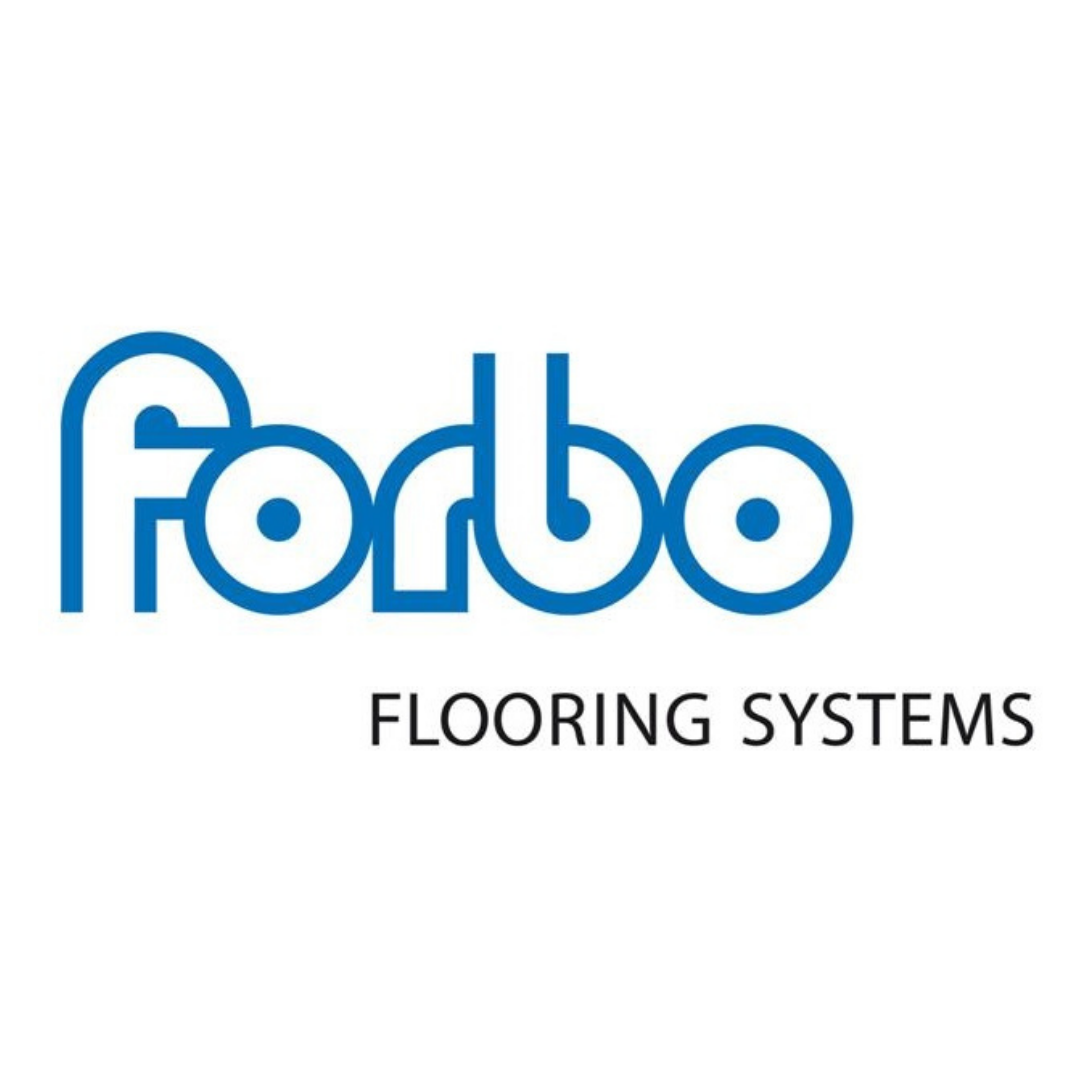OUR STANDARDS
Floor Coverings (FCv3.0-2021)
Status
Current
Issue Date
July 10, 2021
Recognised programs
Floor coverings are an essential addition to any building. They have the potential to provide both aesthetic and functional benefits. However, like any other product, floor coverings can have a range of environmental and health impacts.
These impacts occur across the product’s entire lifecycle. The environmental impact of floor covering products primarily comes from the different types of raw materials used, products used for surface treatment and glue, and the energy used during manufacturing. In addition, impacts can occur during use and maintenance and when the floor covering reaches the end of its useful life.
For example, unsustainable practices in the extraction of raw materials can result in a wide range of environmental issues, such as threatening biodiversity in adjacent areas, erosion in coastal areas and riverbanks, or pollution of waterways.
It is also essential that materials and ingredients hazardous to both people and the planet are not added to the final product or used in its creation. For instance, some floor coverings can be treated with fungicides or insecticides that contain carcinogenic substances. Toxic heavy metals and their compounds such as mercury, arsenic, selenium, cobalt, tin and antimony are also detrimental to the health of manufacturing staff and users of the finished product.
Volatile organic compounds (VOCs) can also be a significant issue for the adhesives and finishes used in flooring. VOCs can trigger a range of health problems such as respiratory irritation, allergies, headaches and asthma. Formaldehyde, a known human carcinogen, is a particularly common VOC found in adhesives and resins, despite its toxicity to humans
GECA certification removes doubt and confusion and makes identifying environmentally and socially preferable products easier. Products certified under this standard can also contribute toward achieving credit points for projects being certified under the Green Building Council of Australia’s Green Star Performance tool. In addition, our standard also contributes to meeting WELL features under the WELL Building Certification and is also recognised by the ISC IS rating scheme.
The standard sets requirements that aim to provide a benefit by:
Limiting emissions of volatile organic compounds (VOCs)
Encouraging recovery, reuse, recycling and responsible disposal of product and packaging, including ensuring the product is not treated in a manner that would prevent post-consumer recycling
Preventing the use of specific hazardous materials and heavy metals such as known carcinogens and mutagens
Reducing the impacts from raw material sourcing, including avoiding the illegal harvest of wood and fibre
Reducing the use and subsequent release of environmentally harmful substances to the environment at all stages of the product’s lifecycle
Ensuring workers and suppliers through the supply chain can expect fair pay, equal opportunity, and a safe working environment
This standard applies to a range of floor coverings and carpet underlays that are laid on top of a foundation of concrete or wooden beams and are not part of the building structure:
✔︎ Parquet
✔︎ Wooden planks
✔︎ Engineered wood products, e.g. laminate
✔︎ Linoleum
✔︎ Bamboo
✔︎ Cork
✔︎ Rubber
✔︎ PET (terephthalate) Plastics
✔︎ Bio-based Plastics
Download Floor Coverings (FCv3.0-2021) Standard
Certified Products by Floor Coverings (FCv3.0-2021)






